Woven Languages: Ikat Textiles in Lisbon
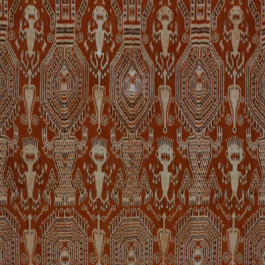
Indonesian Ikat Textiles in Lisbon
11 images
Woven Languages: Indonesian Ikat Textiles from the Peter ten Hoopen Collection at the Museo do Oriente, Lisbon, 23 October 2014–25 January 2015
- Pua kumbu, Borneo, Sikka, Iban Dayak, circa 1930. Cotton, two panels, 1.39m x 2.27m (10’1′ x 7’5″). A coarse, heavy cloth with large engkaramba figures with labyrinth faces that represent antu – giant ghostly creatures of power, protection and influence that are associated with deities and ancestors. Human figures with elaborate feather headdresses appear to be carrying bundles of skulls with other heads at their feet. It is a cloth with strong headhunting associations
- Tais (sarong), Timor, 1950, cotton, two panels, 0.5 x 1.34 m (19.6 x 52.7″). One of fewer than ten known examples
- Wela (sarong, detail), Solor Archipelago, Lembata, Kedang region, 1925–1940. Cotton, three panels, 0.67m x 1.92m (2’2″ x 2’6″). A dowry sarong to be given to the groom’s family in exchange for male items. These were much longer than standard sarongs and worn only on ceremonial occasions. A taboo on weaving in the Kedang area of Lembata, respected until roughly the end of the colonial period, would suggest this piece was woven elsewhere. It seems likely that it may have been produced in Kalikur
- Pua kumbu, Borneo, Serawak, Iban Dayak, 1940, cotton, 1.04 x 2.11 m (40.9 x 83″)
- Selendang, Sumatra, Bangka, 1900, silk, 0.83 x 2 m (32.8 x 78.7″)
- Semba (man’s shawl), Flores, Ndona, cotton, 1900 – 1920, 1.2 x 1.87 m (47.2 x 73.6″)
- Ceremonial or festive sarong for woman of high status, Lamaholot people, Adonara. Solor Archipelago. Ca. 1920-1940. Mainly handspun cotton, 2 panels, 70 x 125 cm / 27.5 x 49.2 in
- Homnon (sarong), Moluccas, Kisar, 1900 -1925, cotton, 0.66 x 1.66 m (25.9 x 65.3″)
- Sarong Solor Archipelago, Alor, Bird’s Head Peninsula, 1920–1950. Cotton, two panels, 0.58m x 1.19m (11’1″ x 3″11″). This piece has an unusual overall colour for its type with motifs that are reminiscent of ikan pari stingray. The collector bid on this piece at auction thinking that it was a rare Tanimbar textile. However, following his purchase, he came across a photograph that he had taken in 1981 in the Adang-speaking part of the Kabola Peninsular, Alor; it shows an elderly lady wearing a sarong with this so-far-unique design (next photo)
- A photograph Peter ten Hoopen took in 1981 in the Adang-speaking part of the Kabola Peninsular, Alor; it shows an elderly lady wearing a sarong with a so-far-unique design (previous photo)
- Patola (detail), India, Gujarat, 1750–1800, silk, one panel, 1.04m x 4.51m (3’5″ x 4’10”). The ‘Great Parade’ of elephants is considered to be the most important and spectacular design found on patola, and features on the cover of the catalogue that accompanies the exhibition
‘Woven Languages: Indonesian Ikat Textiles from the Peter ten Hoopen Collection’ has just opened at the Museo do Oriente, Lisbon, 23 October 2014–25 January 2015.

Patola, India, Gujarat, 1750–1800, silk, one panel, 1.04m x 4.51m (3’5″ x 4’10”). The ‘Great Parade’ of elephants is considered to be the most important and spectacular design found on Indian patola, which had a great influence on Indonesian ikat textiles
The majority of exhibits here come from Peter ten Hoopen’s ‘Pusaka Collection’ of Indonesian ikats, which he has collated since the 1970s, supplemented with a few loans from museum collections. The exhibition offers an important overview of a disappearing art form. Ikat cloths are still being made in some regions of Indonesia, but the strict traditional practices, rules and taboos that in the past made the cloths a source of societal pride and spiritual connection are being forgotten. The broad range on show in Lisbon provides an opportunity to take in the integral languages and local dialects encrypted within the motifs and patterns of the older cloths. For further information and a full review, see the current HALI, issue 181
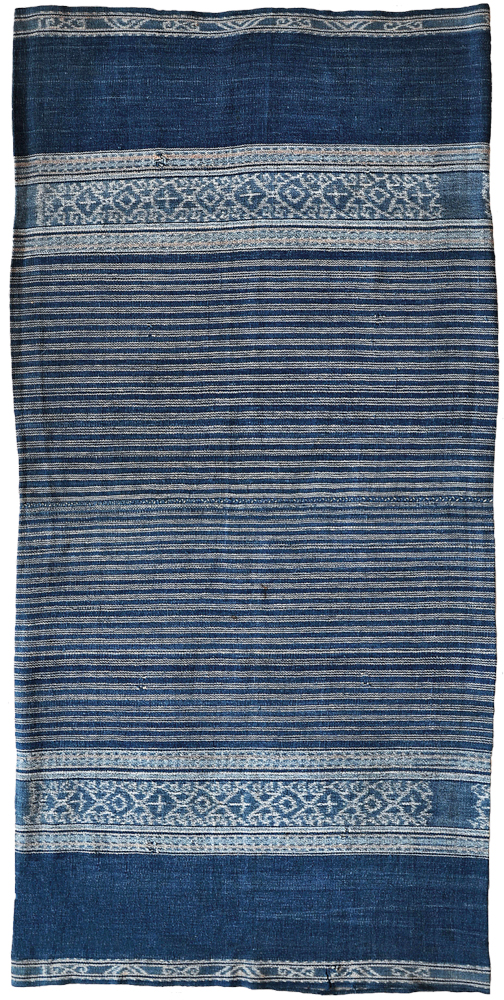
Sarong, Solor Archipelago, Alor, Bird’s Head Peninsula, 1920–1950. Cotton, two panels, 0.58m x 1.19m (11’1″ x 3″11″). This piece has an unusual overall colour for its type with motifs that are reminiscent of ikan pari stingray. The collector bid on this piece at auction thinking that it was a rare Tanimbar textile. However, following his purchase, he came across a photograph that he had taken in 1981 in the Adang-speaking part of the Kabola Peninsula, Alor; it shows an elderly lady wearing a sarong with this so-far-unique design



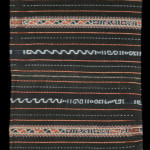
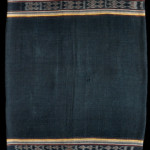
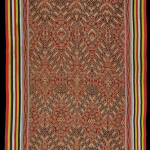
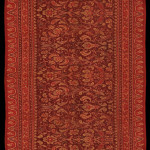

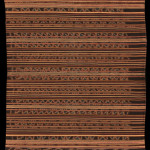
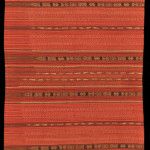
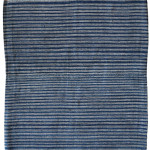
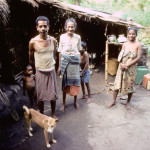
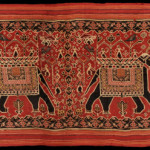
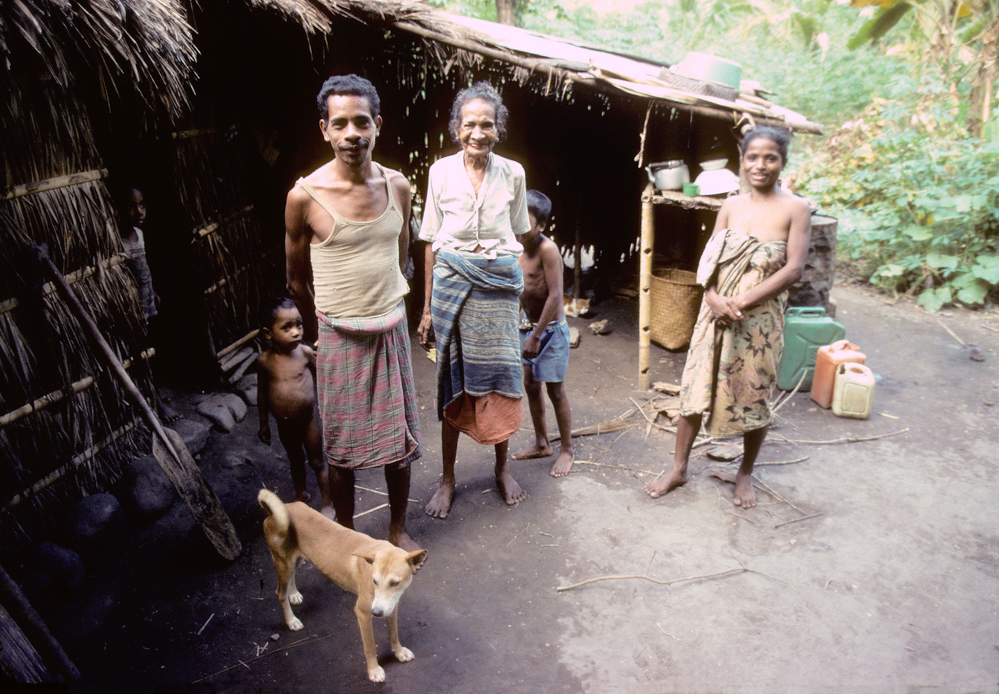





















Comments [0] Sign in to comment